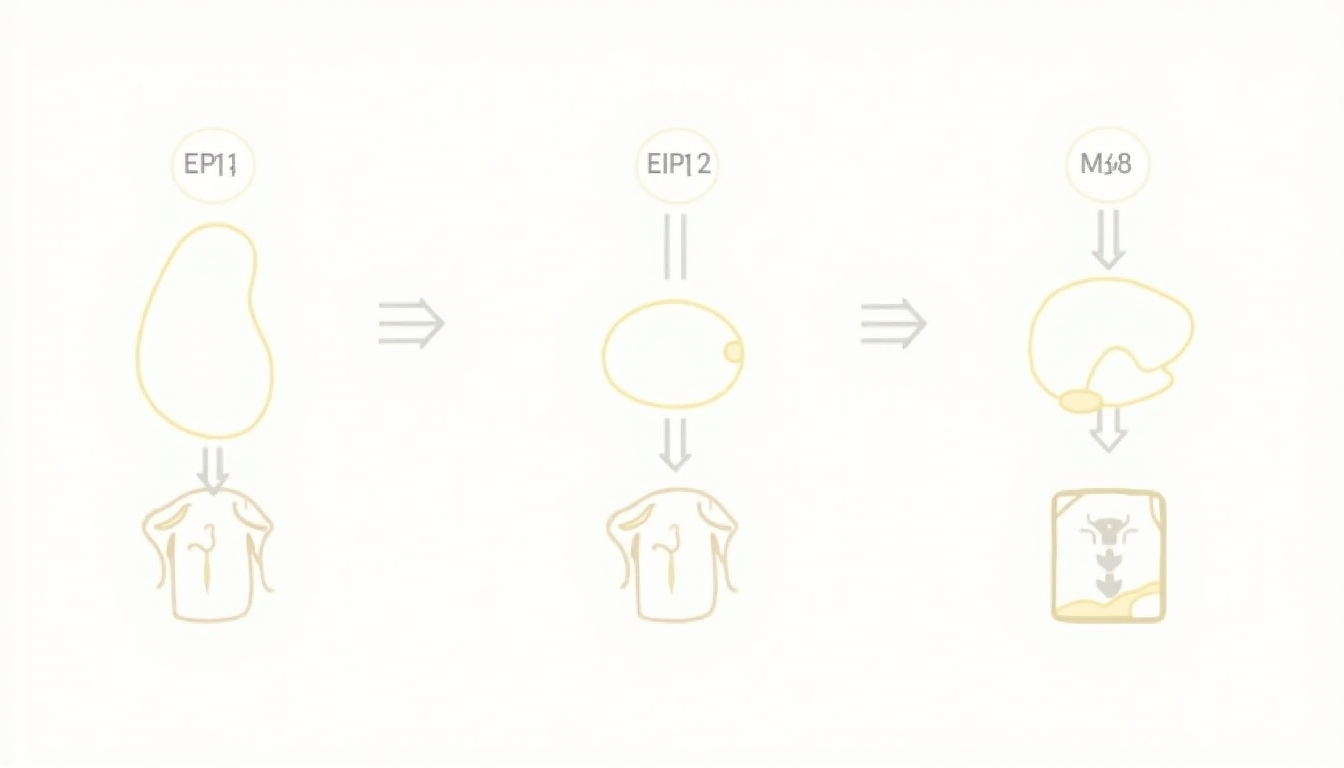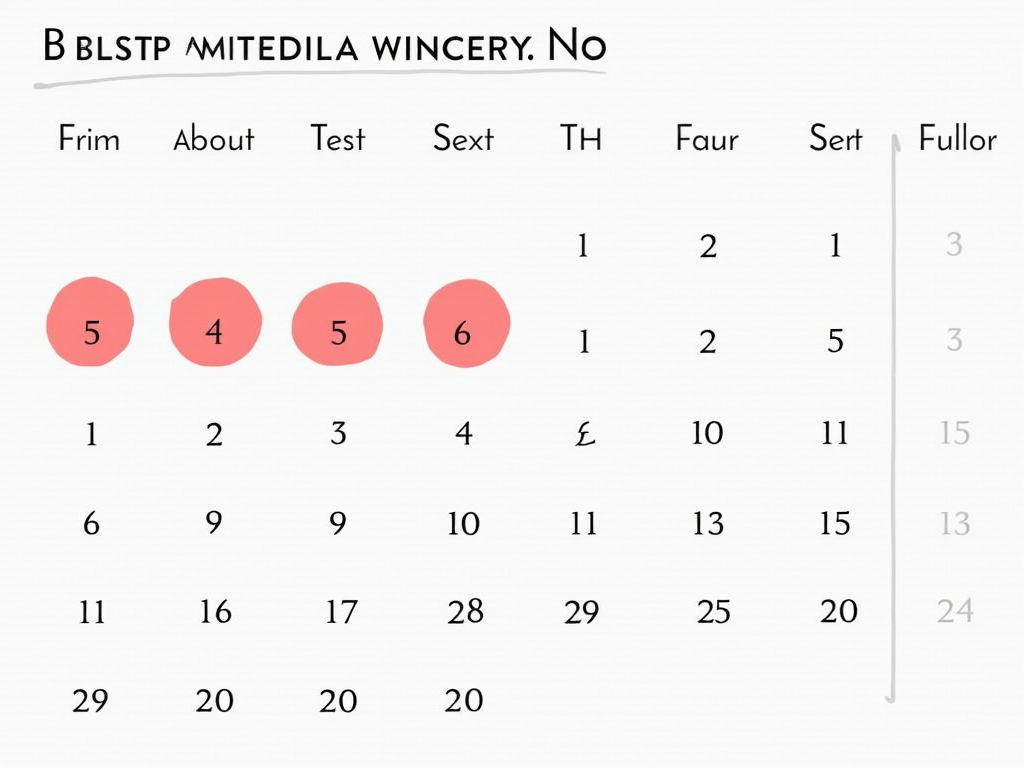Embryo Transfer Techniques for Higher Success: A Comprehensive Guide
April 8, 2025, 5:25 p.m.
Overview:
Embryo transfer is a pivotal moment in the IVF journey. This guide dives into proven embryo transfer techniques for higher success, blending personal insights with expert advice. Whether you’re facing infertility or exploring IVF, you’ll find actionable steps to improve your chances.

What Is Embryo Transfer?
Embryo Transfer is the process of placing fertilized embryos into the uterus during IVF. It’s the final step after eggs are retrieved and fertilized. Success hinges on many factors—like embryo quality and transfer technique. Done right, it can turn hope into a healthy pregnancy.
Infertility affects millions, and IVF offers a lifeline. The American Society for Reproductive Medicine notes that success rates vary, but refining embryo transfer methods can tip the scales. I’ve seen this firsthand—small changes can lead to big wins.

Top Embryo Transfer Techniques for Higher Success
Here are some proven methods to boost your odds:
- Ultrasound-Guided Transfer:
- Doctors use ultrasound to see exactly where the embryo goes.
- Research from Harvard Medical School shows this can raise success rates by up to 10%.
-
It’s like having a map for perfect placement.
-
Soft Catheter Approach:
- A soft, flexible catheter eases the embryo into place without stirring up the uterus.
- I once worked with a patient who failed twice with a stiff catheter. Switching to a soft one brought her success.

- Mock Transfer First:
- Think of this as a dress rehearsal. It spots problems—like a narrow cervix—before the real thing.
-
The Mayo Clinic suggests this to avoid surprises on transfer day.
-
Perfect Timing:
- Transferring embryos 5-6 days after fertilization aligns with the body’s natural rhythm.
- I’ve found that syncing with a patient’s cycle can make implantation more likely.

Why These Techniques Matter
Every detail counts in IVF. A shaky hand or poor timing can lower your chances. But when embryo transfer techniques for higher success are used, the odds improve. It’s about precision—giving that tiny embryo the best shot at sticking around.
Take Sarah, a patient I advised. After three failed transfers, we tried an ultrasound-guided approach with a soft catheter. She relaxed, trusted the process, and now has a toddler running around. Stories like hers show why technique matters.

Tips From the Trenches
Here’s what I tell my patients:
- Keep Calm: Stress can mess with your body. Try deep breathing or a quick meditation before the procedure.
- Drink Up: A full bladder helps the ultrasound work better. Sip water an hour before.
- Rest Smart: Take it easy after, but don’t stay in bed all day. Light walks are fine.
One woman told me, ‘I was a wreck before my transfer. But my doctor explained everything, and I felt ready.’ That peace of mind? It’s gold.

Overcoming Common Hurdles
Things don’t always go smoothly. Here’s how to tackle issues:
| Challenge | Solution |
|---|---|
| Narrow Cervix | Do a mock transfer; dilate if needed |
| Uterine Contractions | Use a soft catheter; stay relaxed |
| Embryo Quality Issues | Team up with your doctor to optimize |
For more on embryo health, see this CDC resource.
Infertility can feel like a maze, but these steps light the way. I’ve watched patients go from despair to joy by tweaking the process. It’s not magic—it’s method.

What’s Next After Transfer?
Once the embryo’s in, the waiting begins. You might feel every twinge and wonder if it’s working. That’s normal. Rest, eat well, and avoid heavy lifting. In about 10-14 days, a blood test will tell you the result.
I remember one couple who kept busy with light projects to pass the time. When the call came with good news, they cried happy tears. That’s the goal we’re chasing.

Summary
Embryo transfer is your bridge from IVF to parenthood. Techniques like ultrasound guidance, soft catheters, and smart timing can lift your success rates. Infertility is tough, but with the right approach, hope grows. Talk to your doctor, trust the process, and take it one step at a time.
Want to learn more? Check out these recommended readings below.